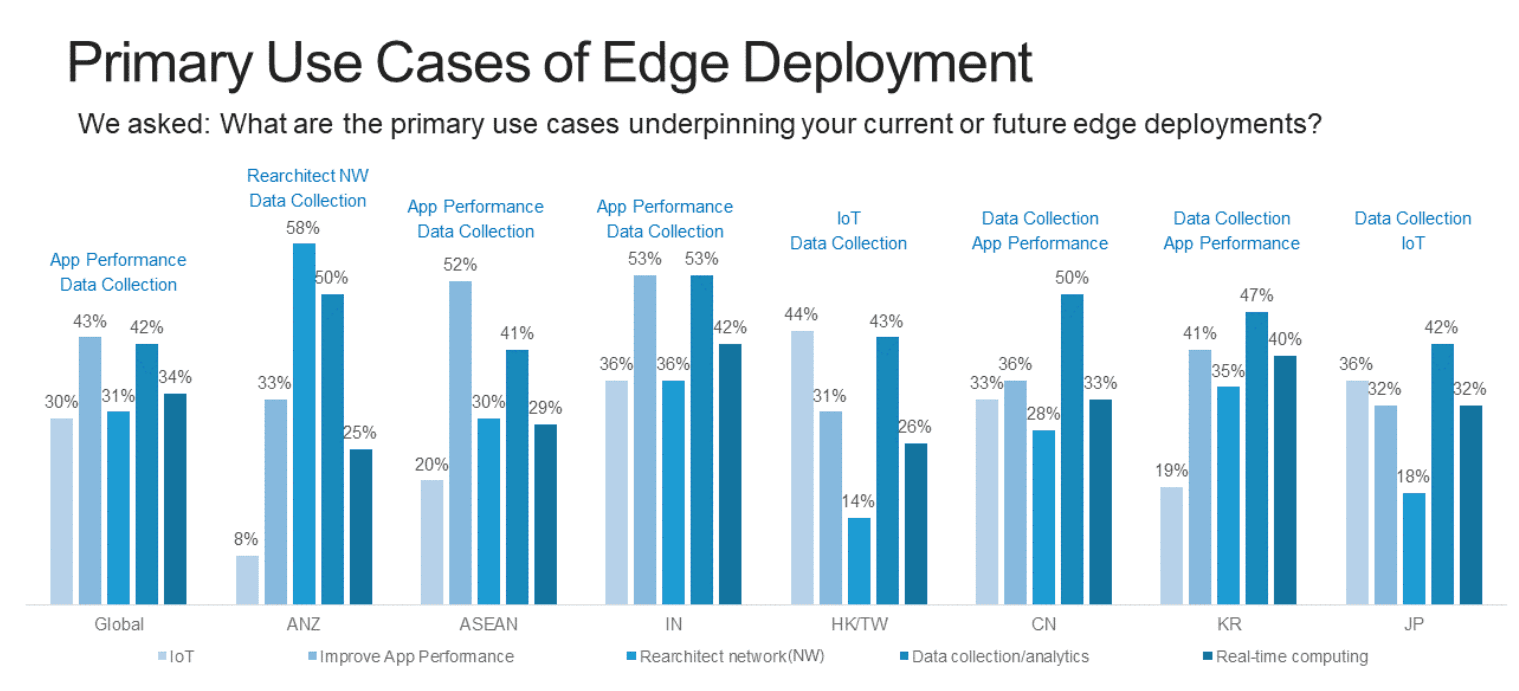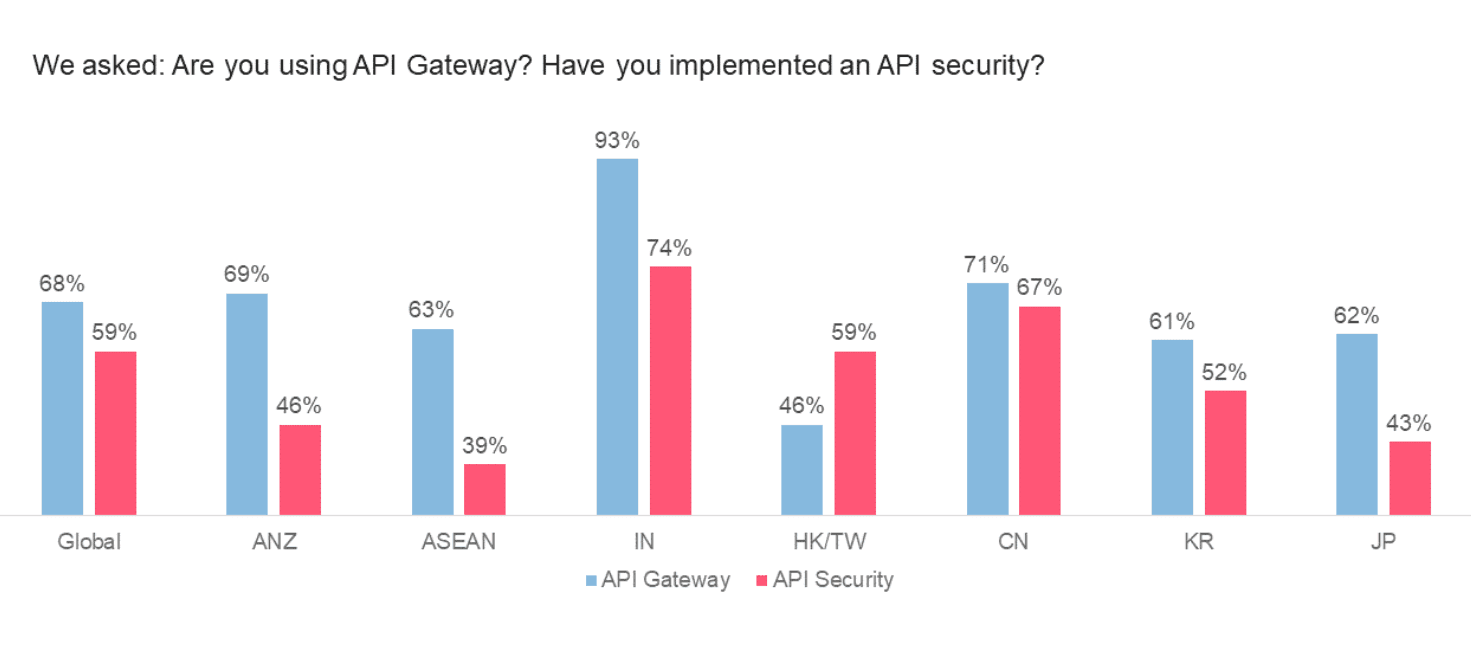
As many of our peers and experts in the industry have noted since the start of last year, the rise of Edge Computing continues to command attention. Analysts flooded predictions pieces with the promise of Edge Computing: IDC predicted that Edge Computing is the top priority for 2021, Gartner highlighted how Edge Computing addresses the limitations of centralized computing, and Forrester Research posited that Edge Computing Hits An Inflection Point in 2021.
This interest essentially boils down to a key takeaway: there are myriad advantages in decentralizing application workloads across different points in the network. In other words, businesses are realizing that to achieve better performance for their applications and users, their technology solutions need to be supported somewhere other than just a centralized data center or public cloud. (Side-note: There are several use cases being discussed across every industry, but one illustrative example where the value of Edge Computing will be readily apparent is in Industrial Automation and Surveillance, particularly as related to camera networks that require downloading visual data and analytics. Having these tasks performed at the edge instead of sending the huge data of video files to a centralized location in the data center or cloud will cut down on latency significantly.)
Similarly, in F5’s 2021 State of Application Strategy report, we found out that that more than three-quarters (76%) of respondents are already using, or have plans to use, the edge to capture benefits related to application deployment, performance, and data availability. We also assessed what are the major use cases for deploying Edge Computing and found that “Improving application performance” (43%) and “Data Collection / Analytics” (42%) were the top priorities.
In looking at respondents from Asia Pacific, most sentiments were in line with global feedback, but we did find that some countries showed different priorities.

The Australia & New Zealand (ANZ) region and India showed overall stronger needs of particular use cases when compared to the global average, with notable findings from ANZ revealing that they see edge deployments as part of network re-architecture to support remote/distributed work (58%). Also, the ASEAN region prioritized “App Performance Improvement” much more than the global average (52%), while China and Korea are more interested in “Data Collection” (50% and 47%, respectively). Last but not least, both the Hong Kong & Taiwan (HK&TW) region and Japan showed a similar trend, with a higher level of focus on IoT use cases (44%, 36%). Side-note: I assume some trend commonality between China, Korea, HK&TW, and Japan can be attributed to the regions’ robust Manufacturing industries, businesses in the IoT space, and/or exploring IoT use cases for their own factory automation or systems.
Clearly, edge deployments are being spurred by emerging new business applications and modernizing older apps into new architectures. Adding a layer of APIs is a consistent priority for both global respondents, as well as all Asia Pacific countries. However, we found an interesting diversity in the state of API deployment stages when it comes to API traffic control and API security.

As shown globally, and in most Asia Pacific countries, businesses tend to deploy an API Gateway for better API visibility and control, and it is great to see that regions like ANZ, India, and China are above the global average. As for the rest of the regions, they seem mostly aligned with global sentiment. However, when it comes to the percentage deploying API security, we see a larger gap in API Gateway deployments for almost all regions across Asia Pacific, compared to global average. All told, this points to a potential risk for organizations in Asia Pacific—businesses are moving ahead with API-based modernization to build digital ecosystems but still giving less priority in protecting those APIs. This is even more serious and concerning if we are talking about Open API, openly published in the public internet. The only interesting exception is that HK&TW showed very low API Gateway deployment with a higher API security priority (46% vs. 59%). For this region, we should celebrate the high level of security consciousness. However, it does appear they would benefit from accelerating API Gateway usage, since the global average and most Asia Pacific regions place ahead of HK&TW results.
Taken together, the topics of App Modernization, APIs, and Edge Computing expansion in Asia Pacific are my favorite findings from the 2021 State of Application Strategy report But guess what? There are still a lot of meaningful insights and data available from the report that can help you develop an application strategy for modernization and enhancing digital experiences for your users, so I encourage you to download your copy today.
About the Author
Related Blog Posts

Build a quantum-safe backbone for AI with F5 and NetApp
By deploying F5 and NetApp solutions, enterprises can meet the demands of AI workloads, while preparing for a quantum future.

F5 ADSP Partner Program streamlines adoption of F5 platform
The new F5 ADSP Partner Program creates a dynamic ecosystem that drives growth and success for our partners and customers.

Accelerate Kubernetes and AI workloads with F5 BIG-IP and AWS EKS
The F5 BIG-IP Next for Kubernetes software will soon be available in AWS Marketplace to accelerate managed Kubernetes performance on AWS EKS.
F5 NGINX Gateway Fabric is a certified solution for Red Hat OpenShift
F5 collaborates with Red Hat to deliver a solution that combines the high-performance app delivery of F5 NGINX with Red Hat OpenShift’s enterprise Kubernetes capabilities.
F5 Silverline Mitigates Record-Breaking DDoS Attacks
Malicious attacks are increasing in scale and complexity, threatening to overwhelm and breach the internal resources of businesses globally. Often, these attacks combine high-volume traffic with stealthy, low-and-slow, application-targeted attack techniques, powered by either automated botnets or human-driven tools.
Phishing Attacks Soar 220% During COVID-19 Peak as Cybercriminal Opportunism Intensifies
David Warburton, author of the F5 Labs 2020 Phishing and Fraud Report, describes how fraudsters are adapting to the pandemic and maps out the trends ahead in this video, with summary comments.